
|
|
|
|
|
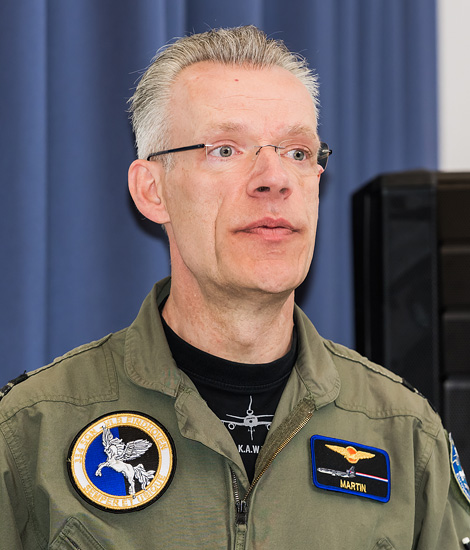
|
Air to Air Refuelling is Crucial; Eindhoven, April 12, 2018
Frisian Flag and the EART 2018, part 3; Text and Photograph's by Alex van Noye
Due to the changing conditions in the world it is necessary to have a well-functioning and modern tanker fleet. The hotspots in the world are increasingly diverse and further away compared to the past, making a strategic tanker fleet an important factor for success. During the EART all aspects of refueling are trained.
It is known that the European units have a shortage of tankers, according to Massucci. The EART was created to optimally use the existing fleet of tankers. In exercises such as Frisian Flag the emphasis is often on the fighter crews and not on that of the tankers. During the EART this is just the other way around, here the crew of the tanker is also extensively trained while the fighter crews also just complete their training. The tanker crews will learn to fly from a temporary air base on foreign territory (Deployment Operating Base, DOB). One of the main goals of the EART is to receive different receivers and not just the own fighter planes. Practicing the different rendezvous procedures for the different types of tankers is also exuberantly practiced by the participants of Frisian Flag and the EART. These procedures are not only aimed at perfect execution, it is also a goal to be able to carry out these procedures without communication on the radio when it is disturbed. The participants of the EART train where possible with refueling at night. This will take place outside the exercise Frisian Flag and will only be done if there are also recipients who want to use this. Compared to the previous editions of the EART, the team has learned to set up a good platform for e-learning for tanker crews throughout Europe. In the meantime 96% of the training goals have been achieved by the EART, the majority of this was realized during Frisian Flag. Finally, the holes and weaknesses in the NATO doctrines for refueling in the air have also been identified.
The first crews which have participated in the EART are now fully certified to refuel all kinds of aircraft from the NATO units in realistic war scenarios. The best way to teach all these lessons is to fly the mentors of tank crews from Europe with each other's planes and learn from each other. These are mentors among both the pilots of the tankers and the boom operators of the tankers. The mentors learn from the different operational crews from the different countries and take this knowledge back to their
|
|
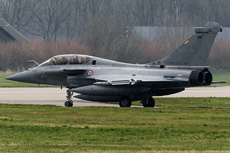
|
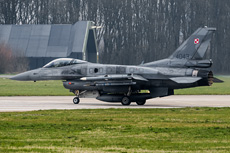
|
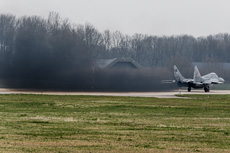
|
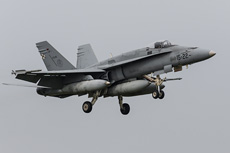
|
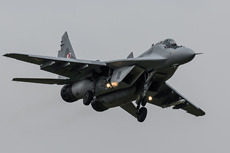
|
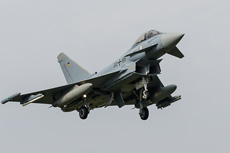
|
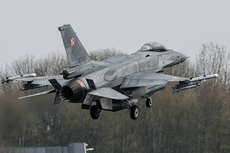
|
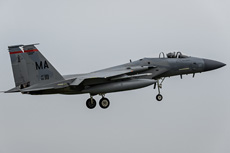
|
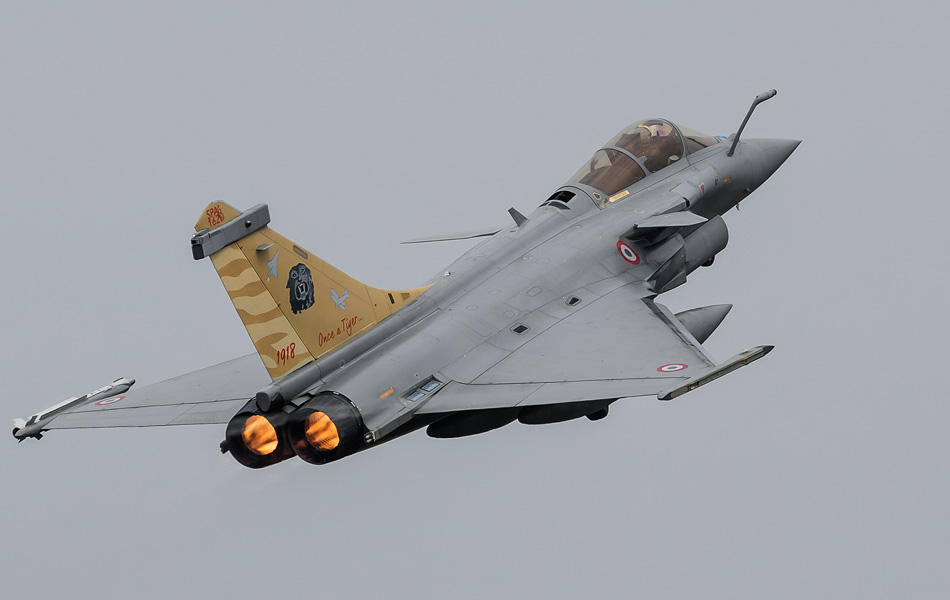
|
own country. The mentors will also share their knowledge and tactics to a large extent with the crew with which they fly with at that moment. Next year, it is intended that the EART will be implemented in two different phases. The first part of the EART will take place in the first semester of the year and will be completed during Frisian Flag. During this edition the basics of the air to air refueling procedures will be trained to the crews. The second phase will be flown in the second part of the year of 2019 and will take place during the exercise Ocean Sky in Spain or during the exercise Volfa in France. The reason that the more advanced part of the training will take place in the south of Europe is the fact that Dutch airspace is quite full with other air traffic. In the south, the tanker crews have more space to also train the tactical aspects of refueling in the air.
Major Martin Bakker is the captain of the Dutch KDC-10 during the EART exercise. He started his career as an F-16 pilot at Gilze-Rijen Air Base. Martin knows the process of air to air refueling from both the recipient and the supplier of fuel in flight. Martin is during the EART the project officer and will explain how the exercise proceeds. Today, refueling in the air is indispensable. Martin cites the example that the tanker was deployed last year to accompany a number of F-16s on their flight to America. Cargo aircraft can carry more cargo when they take off with almost no fuel on board; after take-off they will fly immediately to the tanker which makes transporting cargo more flexible according to the Major. During the exercise Frisian Flag tankers will fly in two designated areas. Just above the coast of Texel above sea is the Shell Track located and just off the coast of Denmark is the Esso Track located. During the training the crews will be briefed daily for the customers that they will receive. Crews are told how they will operate in the tanker cell and with how many tankers they will fly into the cell. Altogether operating with three tankers in one single tanker cell is challenging. The second tanker is flying in general one mile behind the first tanker and about 1,000 feet higher. The same goes for the third tanker, also this aircraft is again one mile behind the second tanker and 1,000 feet higher.
The Major explains how air to air fueling with the KDC-10 is done. The KDC-10 is equipped with a boom on the back of the aircraft. Under the body of the aircraft is a solid yellow line painted across the length of the aircraft. Receivers are able to fly in a straight line behind the aircraft with the help of this line. The boom has two small wings with which the boom operator is able to steer the boom in the right direction during flight. Under the back of the KDC-10 is a camera bay attached according to Martin. This module is a 3D camera allowing the boom operator in the cockpit to get a 3D representation of the receiving aircraft with the help of 3D glasses. In total, the boom operator has four screens of which one is the big screen for the 3D representation. The fifth screen is a screen for an instructor which can study the process as well. In the middle of the KDC-10 below the hull is the pilot director light suspended. These lamps consist of two strips with colored lights. The left-hand strip indicates whether the receiving pilot has to go up or down with respect to the KDC-10. The right-hand strip indicates whether the receiver needs to move forward or backward with respect to the KDC-10. Only when the receiving aircraft is in the correct position, the boom operator can attach the boom to the recipient and refueling can begin. The refueling of warplanes is not that difficult, says Martin. Larger aircraft like the AWACS or the C-17 take a little more coordination, because these aircraft are less maneuverable and slower than fighters. With the drogue system, which is used on many European aircraft, the receiver connects to a flexible hose which is dragged behind the tanker. This kind of refuelling is intense for the receiver and happens mostly on sight.
|
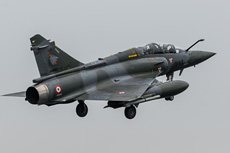
|
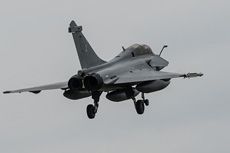
|
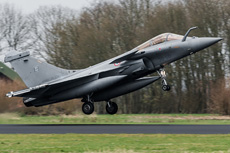
|
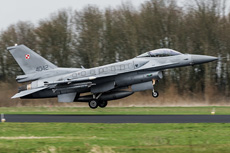
|
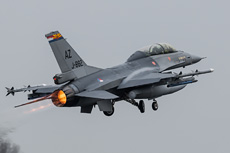
|
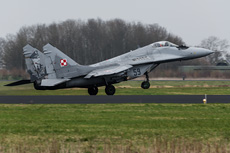
|
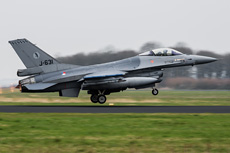
|
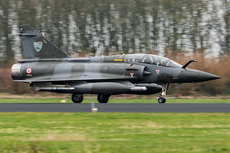
|
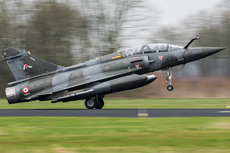
|
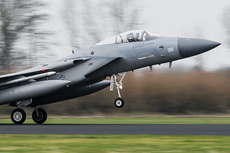
|
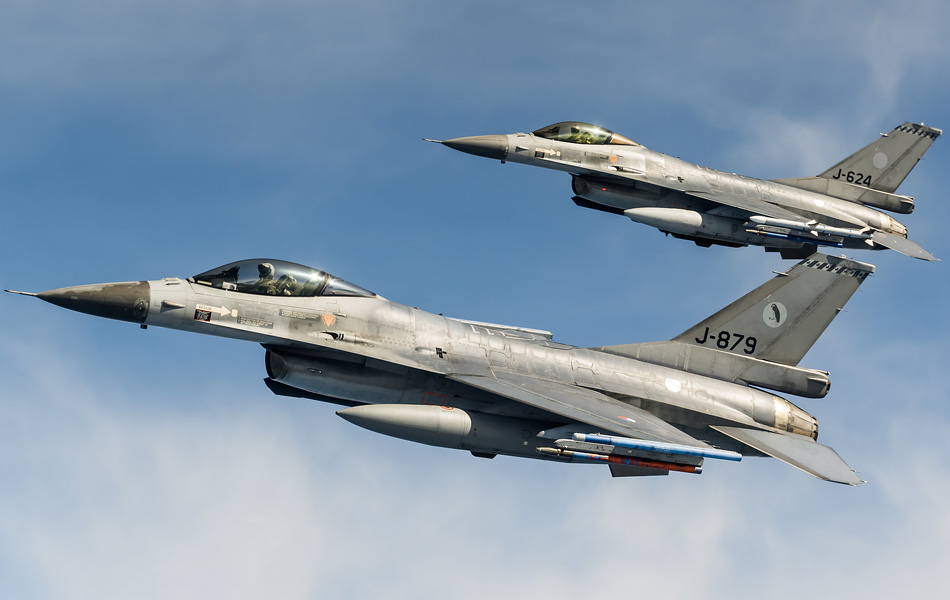
|
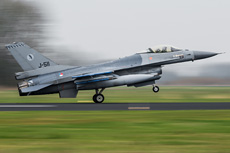
|
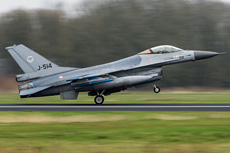
|
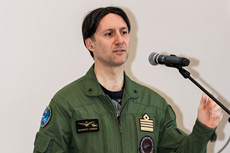
|
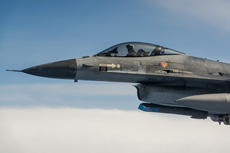
|
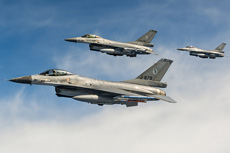
|
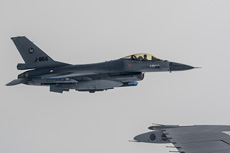
|
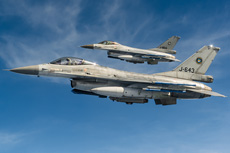
|
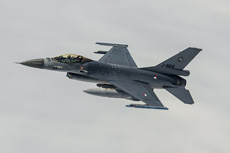
|
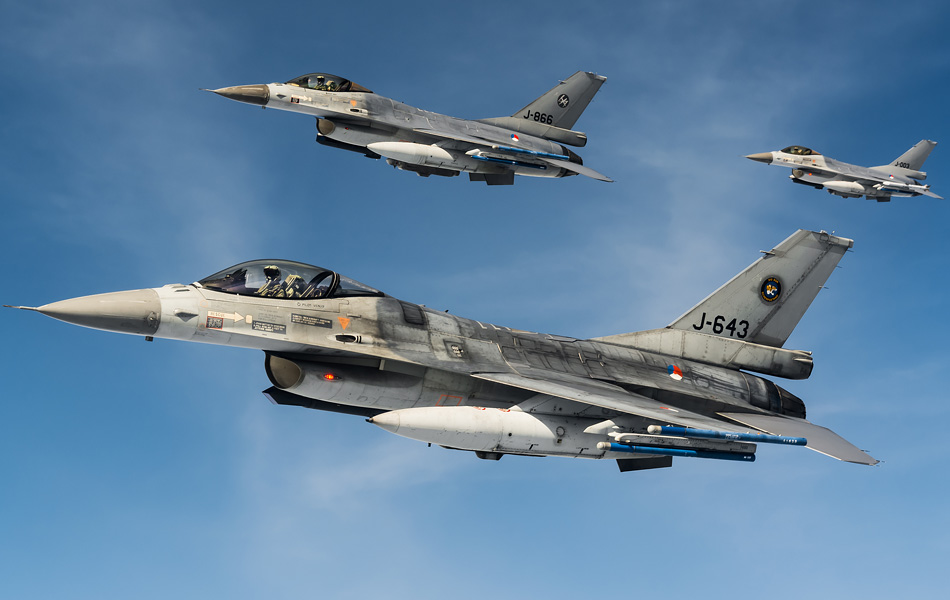
|
|
|

|







